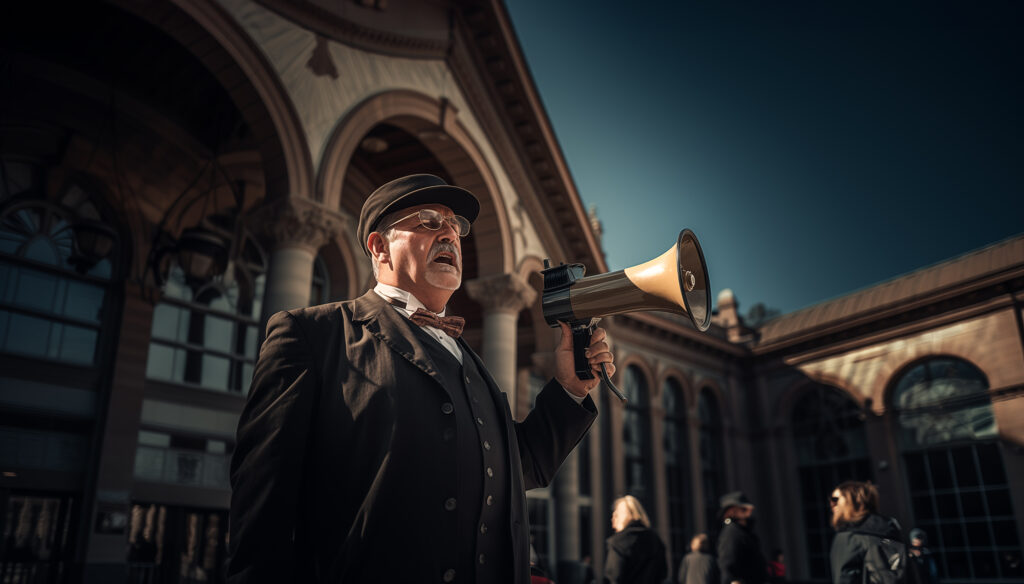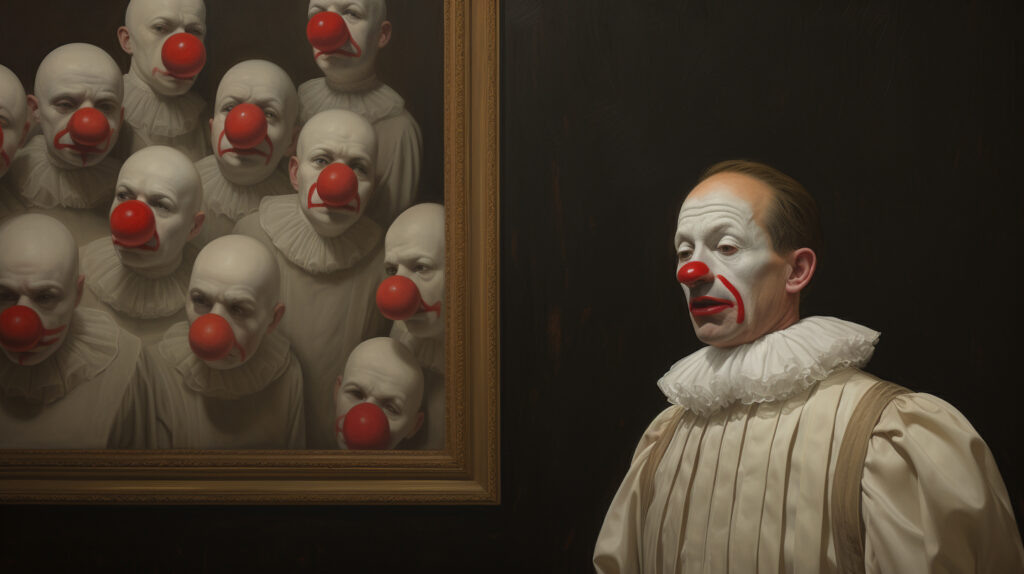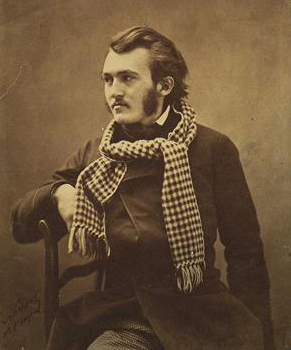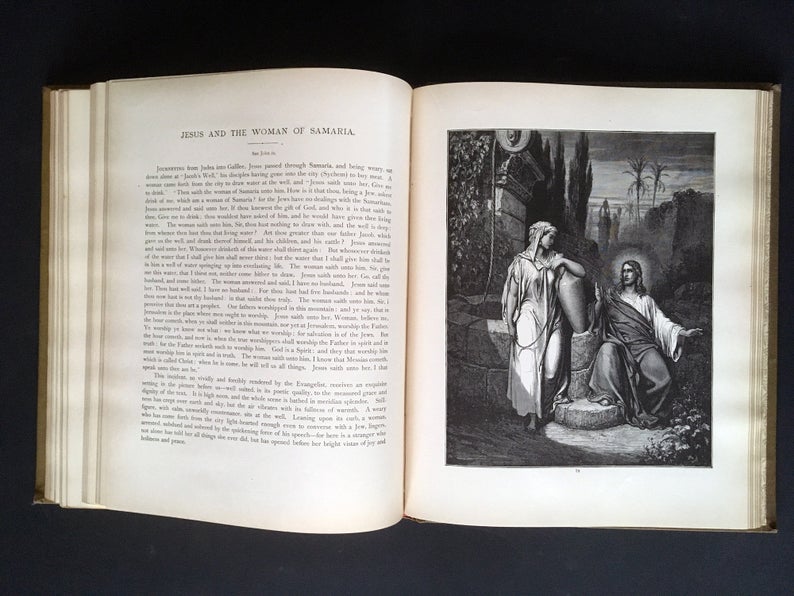Creating good website content is a team effort. On the technical and artistic end, developers and designers take the ideas and content they are given and construct a well-designed website that is enjoyable and easy to navigate. But we all know that generating good content doesn’t happen all by itself. It requires tapping into an organization’s best resources, especially the people behind the scenes who often know the most and do the most work to help the organization accomplish its mission.
While most museum websites already use employees like curators to help write website content, a less common—but potentially effective—practice is to highlight these people on the website itself. Many museum websites feature articles and videos that move curators, docents, and even security guards into the spotlight to give visitors an opportunity to hear directly from them. This gives visitors an opportunity to gain insights into aspects of collections or exhibitions which they may not have otherwise gotten, and it also allows a museum to add a more personal touch to its website. Visitors may not often think to stop and ask who the real people are behind a museum. But just as businesses can benefit from making better personal connections with their customers, museums can use their websites to feature the people who work there, giving visitors insight into the names and faces of those who work behind the scenes.
In this article, we will survey how a handful of museums are doing this with curators and other employees.
Who Works Here, Anyway?
While many businesses feature an About page with lists and profiles of specific employees, this practice is less common on museum websites. An About page is more likely to list out a board of directors and top administrators like the museum’s director. Some feature a Welcome Message from the director:
- Welcome Message – Ackland Art Museum
- Welcome Message – National Gallery of Art
- Welcome Message – Princeton University Art Museum
These messages are somewhat of a formality, but they do offer a personal touch by allowing a visitor to hear directly from the director and to be able to associate a name and face with the museum’s leadership. Museums will occasionally feature a message from directors in videos or articles, but directors typically stay behind the scenes.
Some museums will issue press releases or feature news items when a new director or new curators are brought on board:
- Denver Art Museum Announces Three Curatorial Appointments
- Walters Builds New Curatorial Team
- Philadelphia Museum of Art Appoints Louis Marchesano as New Senior Curator of Prints, Drawings, and Photographs
Let’s Get to Know Each Other
Beyond general profiles and qualifications, a brief interview can also help visitors get to know the people who work at a museum. The Museum of Fine Arts, Houston, has featured interesting interviews of a variety of museum workers, from curators to the chef who runs the cafe. Questions like, “What are your top five works of art in the MFAH collections?” “What is your favorite part about your current role?” and other questions specific to their particular roles give visitors a peek into the values and daily lives of museum workers:
- Meet the MFAH: Curator Alison de Lima Greene
- Meet the MFAH: Patrick Palmer, Dean of the Glassell Studio School
- Meet the Chef: Marlies Wasterval
- One on One with the Curator of Bayou Bend Gardens
The Crocker Art Museum has posted similar interviews with docents:
Contemporary artists can be great subjects for interviews, as in this example from the North Carolina Museum of Art:
Even security guards can be interesting to get to know. They do, after all, spend more time with a museum’s collection than anybody else!
- No Touching! An Interview with a Ringling Museum Guard
- A Museum Security Guard’s Guide to Boredom (02:16)
Some interviews focus less on personal thoughts and more on current exhibitions. The Peabody Essex Museum’s “A Word with Curator Dan Finamore on Summer Exhibition In American Waters” is a good example of providing an opportunity to hear directly from an exhibition’s curator to learn more about the show’s importance and background.
Videos with Curators & Artists
During 2020-21, when museums were shut down from Covid, many experimented with finding new ways to reach visitors online. One good example is the Crocker Art Museum’s March 2020 article, “A Brief Tour, Taken from a Curator’s iPhone,” featuring high-quality photos of parts of the museum’s collection alongside descriptions.
More frequently, museums turned to videos, often featuring discussions by curators. Some museums have continued this practice more than others, but there are clear advantages to putting out good-quality video content, whether we’re looking at brief clips describing a work of art or a longer discussion or interview that goes into much more depth.
(For an overlapping analysis of the use of videos in the context of teaching, see Educator Resources: Creating Content.)
Shorter Video Clips
One of the easiest types of videos to make is a brief 1-5 minute clip of a curator explaining a work of art or a portion of an exhibition. The simplest is a brief video taken with a phone, perhaps during a live tour. On the other end of the spectrum is a more heavily edited video with images and video clips interspersed. The advantage of taking a simpler video is that it is quick and easy (and budget-friendly), and can be filmed in the same amount of time as a coffee break; the downside is that it may look unprofessional. On the other side, a more heavily edited video may appear much more polished and professional, but budget constraints may keep it from being made in the first place.
For a range of examples, see these links:
- Curator Close-Up: “Glory of Spain” Ancient Ivory Pyxis – Museum of Fine Arts, Houston (02:00)
- Video Visit with a Curator: Jennifer Dasal – North Carolina Museum of Art (04:47)
- Curator Insight: Two Views of St. Peter’s Basilica – Philadelphia Museum of Art (01:22)
- Intro to ‘Mark Cohen: Strange Evidence’ by Curator Peter Barberie – Philadelphia Museum of Art (01:53)
- Curatorial Process – Whitney Museum of American Art (02:29)
Contemporary artists—especially local ones whose work is already on display in the museum—can be great subjects for short video interviews:
- “Anne Lemanski on Power in Art” – North Carolina Museum of Art (05:47)
- “Andrea Donnelly from Her Studio” – North Carolina Museum of Art (04:11)
- Curator Chrissie Iles in Conversation with Laurie Simmons – Whitney Museum of American Art (02:49)
Longer Videos
Longer videos featuring curators typically fit into the categories of (1) “Virtual Tours” of exhibitions or (2) Interview or discussions either recorded on Zoom or filmed professionally. Some of these were originally broadcast live and then saved for future viewing. The Museum of Fine Arts, Houston, for instance, recorded 30-45 minute “Coffee with a Curator” sessions originally broadcast through Instagram and later saved to Vimeo for embedding in their website. The North Carolina Museum of History, similarly, recorded live sessions (also titled “Coffee with a Curator”) that ended with Q&A from the virtual audience on topics like “North Carolina and the Birth of Funk Music” and “Pirates of the Carolinas.”
Other examples of longer videos include:
- Take a Virtual Tour of “Glory of Spain” with the Curator – Museum of Fine Arts, Houston (49:24) – A high-quality, nicely edited walk through an exhibition
- Winslow Homer: Crosscurrents Virtual Opening – The Met (24:47) – A similar tour of an exhibition, narrated by two curators.
- Curators’ Talk on Richard Benson – Philadelphia Museum of Art (1:10:01) – A recording of a Zoom session with a live virtual audience
- The Personal Element with Jayme Yahr and Christie Hajela – Crocker Art Museum (1:06:08) – An online discussion between two curators and the museum’s adult education coordinator
- “Black And: A Conversation About the Arts and Black@Intersection” – North Carolina Museum of Art (33:30) – A professionally filmed interview with a guest curator
Who Will You Feature Next?
As we have seen, curators, docents, and even easily-overlooked people like chefs and security guards can be great resources for providing new content that both informs visitors and gives a museum’s website a more personal touch. Museums can begin (or continue) this process by considering questions like these:
- Who might visitors benefit from getting to know a little? How could this strengthen visitors’ interest in and feeling of connection to the museum?
- Is there already a forum (such as a blog or YouTube/Vimeo channel) that would be a sensible forum for putting out this kind of content?
- What kinds of resources are available for recording video clips or longer videos? (If the answer is, “Not much,” remember how much can be done for little to no cost with smartphone and a computer.)
- Talk to the curators: how would they like to be involved with the website? What kind of written or audio-visual content do they think would be most worthwhile to contribute?
- If you decide that posting regular interviews or video clips is important, what kind of timeline and schedule can you establish? Many sites post curator content very sporadically, but the best ones are intentional about long-term consistency. What will visitors enjoy reading or watching—and what is realistic?
Museums are places full of valuable artifacts and works of art. But they could not be developed and maintained without the valuable work being done by the talented people who work there. Coming out from behind the scenes in order to share their lives, stories, perspectives, and insights can make a visitor’s experience all the more rewarding.










